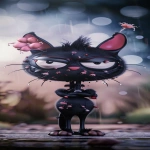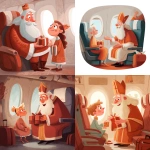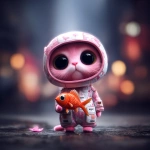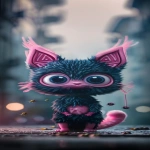Explore the Best AI Image Gallery
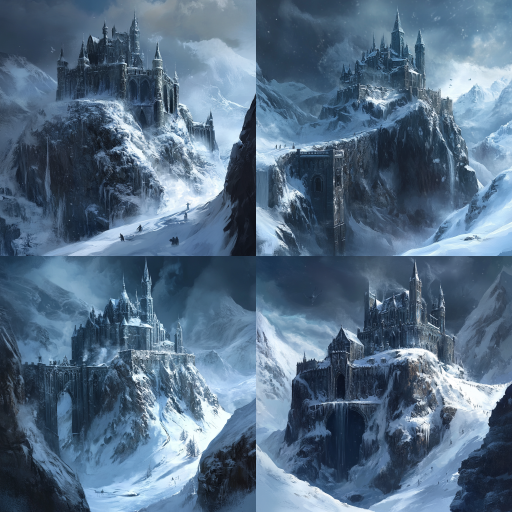
Uncharted Pixels: The Evolution of AI-Driven Visual Experiences
Welcome aboard this fascinating exploration of AI-Driven Visual Experiences – an arena where technology and creativity intertwine seamlessly. The impactful union of artificial intelligence and visual imagery is redefining the boundaries of creativity, empowering us to venture into previously uncharted domains of imagination and inventiveness.
Revolutionizing the Creative Industry
The advent of AI in the visual domain has infused a spirited dynamism into the creative industry. AI-enabled systems can now recognize, analyze, and generate visuals, transforming workflows and creative potential. These advancements have significant implications for numerous fields, including marketing, design, photography, and film production.
The core strength lies in AI's ability to automate traditionally time-consuming tasks. From basic editing to advanced conceptual designs, AI provides the ability to efficiently manage tasks, foster creativity, and grow productivity. Furthermore, it also opens the doorway to real-time customization and personalization.
Potential Use Cases
AI-driven visual experiences bring a gamut of possibilities. Virtual stylist services, for instance, use AI engines to curate fashion recommendations based on user profiles. Visual Search Tools in E-commerce leverage AI to retrieve product information through an image input, enhancing the shopping experience. AI-generated artwork represents a frontier in digital art creation, capable of producing intricate masterpieces that challenge conventional artistic paradigms.
Ethical Considerations
As the possibilities with AI-driven visual experiences grow, ethical considerations become critical. Identifying rightful ownership of AI-generated artwork, the use of AI in deepfake technology, and concerns regarding surveillance and privacy are pressing issues that require vigilant regulatory oversight. We must establish a strong ethical framework to navigate this new landscape responsibly.
Envisioning the Future
The convergence of artificial intelligence and visual experiences is still a progressively evolving domain. In the future, we could see more sophisticated applications in virtual reality and augmented reality, resultant of advancements in technology. Furthermore, AI's integration into social platforms and video games is poised to create immersive and interactive visual experiences.
The evolution of this technology could revolutionize how we interact with visual media, changing human-machine relationships in ways we can only begin to imagine. While this vision is futuristic, it is far from being surreal, as we are already witnessing the foundational bricks laid for such a transformative shift.
Leaning into the future of AI-driven visual experiences, we are set to cross the brink of technological feasibility into the frontier of limitless creative possibilities.
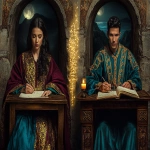




](https://images.ai-img.art/thumbnails/150/f9d9ec9094de26e2a798c7f937f9d698c09b4201b4d32f2f7d88b71d47e41986.webp)



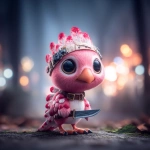



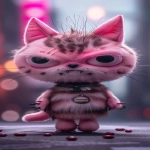
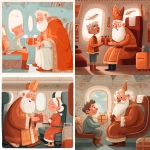


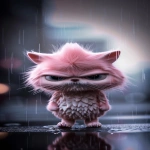

](https://images.ai-img.art/thumbnails/150/30cf55aca1be6967d88f2acb55840cfdd970fd1f21d979dafac0b9c42bf3a2bc.webp)





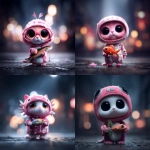
](https://images.ai-img.art/thumbnails/150/0aee984e341fe13493acd69a754a3a646acd4ecd55a28f8e26e72e285a66ab7c.webp)
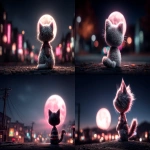


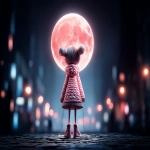

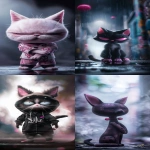

](https://images.ai-img.art/thumbnails/150/41d4d420dcb9032d367c1ccfd8216d368755c39a352f0ab5968249c309c8aeb9.webp)





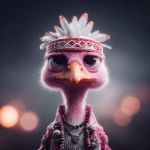

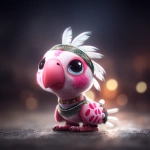
](https://images.ai-img.art/thumbnails/150/e057c23144d5b383759d103af06ec8c175f39dfaa326f214a82fd58a29ceacdd.webp)
